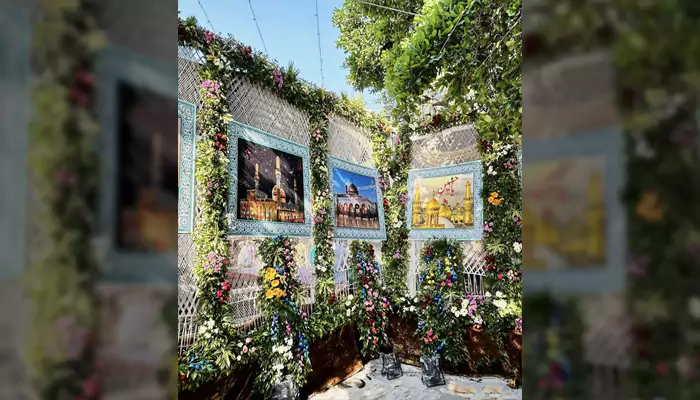A Guide To Mithila’s Madhubani Paintings

The Mithila area of Bihar is known for its vibrant Madhubani paintings. The town of Madhubani in Mithila is often credited for expanding the reach of this traditional art style beyond its native region.
The Mithila area of Bihar spans the territory between the northern banks of the Ganges and the Nepalese foothills of the Himalayas. Mata Sita, also known as Maithili, was born and raised there, making her homeland famous. Janakpur, the former capital of her father's kingdom, is now in Nepal, but it was formerly in India.
Art from Mithila often depicts scenes from the Ramayana, such as Sita's birth, their first encounter, and their wedding. The city of Sitamarhi is where Sita was either discovered or born. On the other hand, she met and wed Sri Ram in Janakpur. The wedding of Ram and Janaki is a common subject in Mithila art.
The Madhubani and Mithila Paintings Tradition
Traditionally, ladies of Mithila would create works of art for their homes' walls. They were also used as ceremonial paintings for occasions like as marriages, births, and celebrations.Scenes from Everyday Life in Madhubani Paintings
Mithila Daily Life as Depicted
The purpose of art was never to last forever. Every time anything new happened in the family, it necessitated a new painting, and so on and so forth. There is a great deal of hidden meaning in the paintings, as there is in all forms of folk art. Each culture has its own unique set of symbols and themes that it uses in its artwork.Since the art form has been so commercialized, the difference no longer exists. Even though today's musicians all have their own distinct approaches, most musical trends are driven by consumers.
A New Dimension in Madhubani Art
When British surveyors arrived in the region following a devastating earthquake in the 1930s, Madhubani art first gained international attention. These paintings wouldn't become iconic of Mithila, though, until another quake struck in the 1960s.Variety of Madhubani Styles
Madhubani art has two primary categories:The first one revolves on several communities, known as Jati. Communities would decorate their walls with murals depicting themes from their own history and way of life. What unites them is that they all perform this art form, whether they are Brahmins, Paswans. Kayasthas, or Kshatriyas.
Second, it's rooted in several schools of painting. Kachhni refers to the artist's freehand line drawing. Bharani means "filling" in Sanskrit. So, the next step is to add color to the line drawings.












